- Verification Example
- Wind Tunnel Size
- Computational Grid Study
- Enhanced Wall Function
The webinar about RWIND Simulation was very successful!
From now on, it is possible to analyze wind forces on geometries of objects that are not regulated in the standard. The wind force assumption according to the standard was often a more or less good estimate.
The RFEM add-on module RF-STABILITY is a perfect combination with RWIND Simulation. Using RF-STABILITY, I can perform a buckling analysis to get accurate effective lengths. Using RWIND Simulation, I can get accurate wind loads. For unusually shaped structures, it would be a wild guess if calculating wind loads from the standard code… either not conservative or too conservative. My client is happy with the results and impressed!
Use RWIND 2 Pro to easily apply a permeability to a surface. All you need is the definition of the Darcy coefficient D, the inertial coefficient I, and the length of the porous medium in the direction of flow L,to define a pressure boundary condition between the front and back of a porous zone. Due to this setting, you obtain the flow through this zone with a two-part result display on both sides of the zone area.

The price is valid for United States.
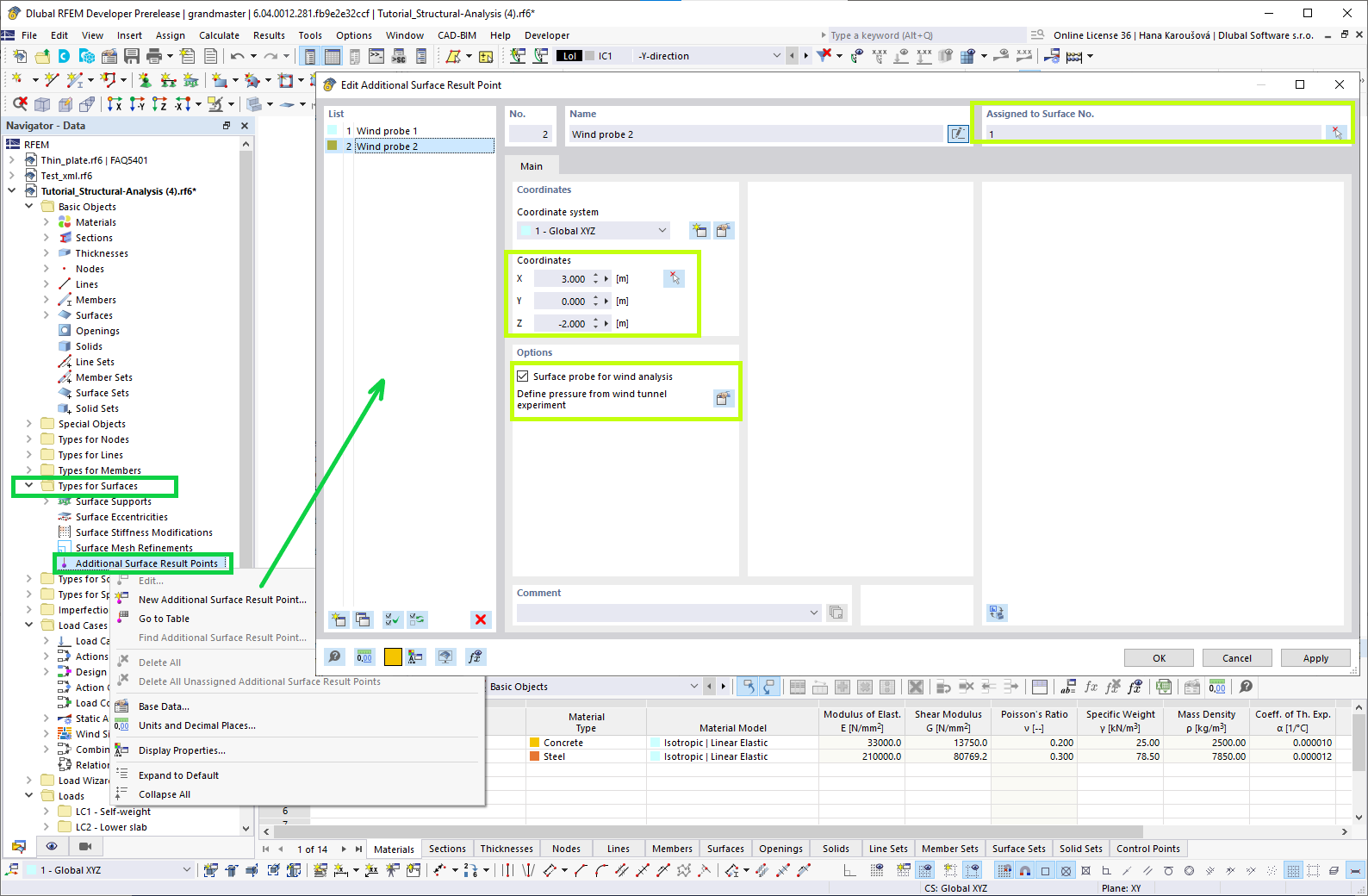
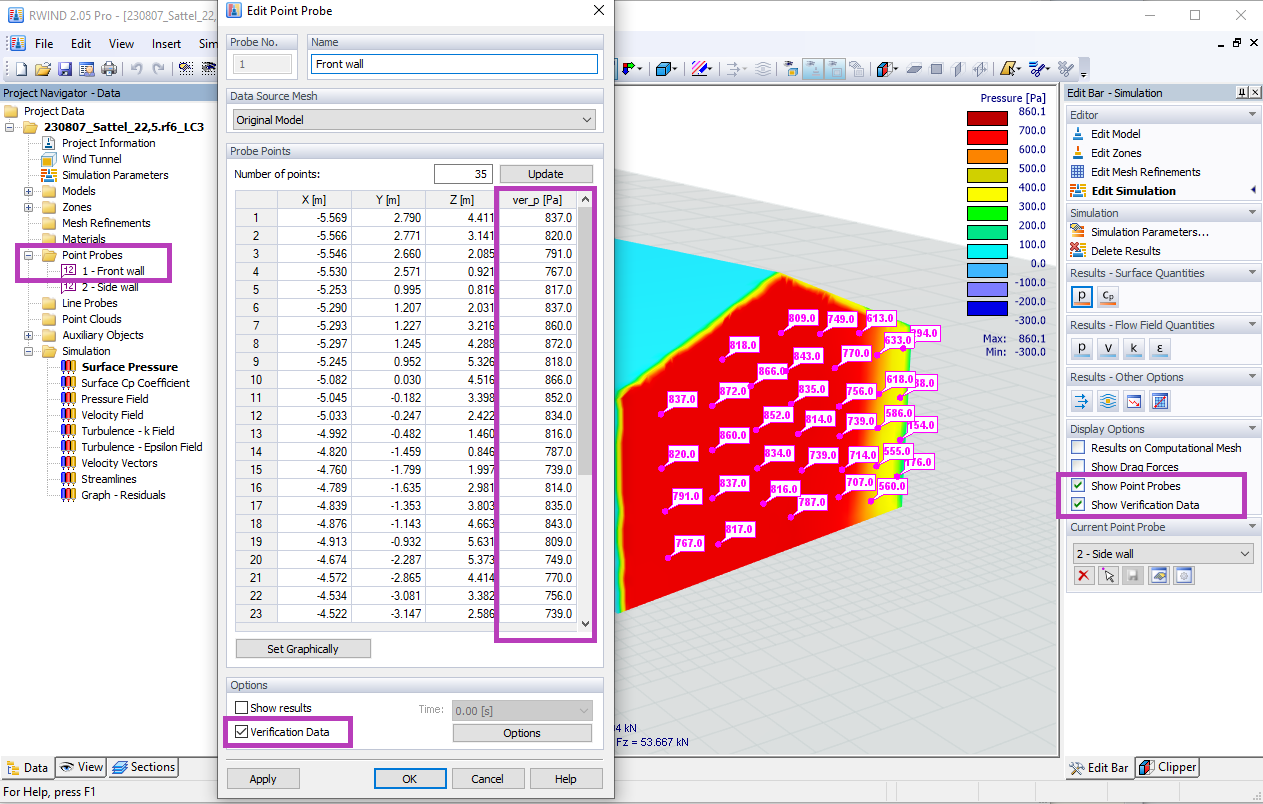
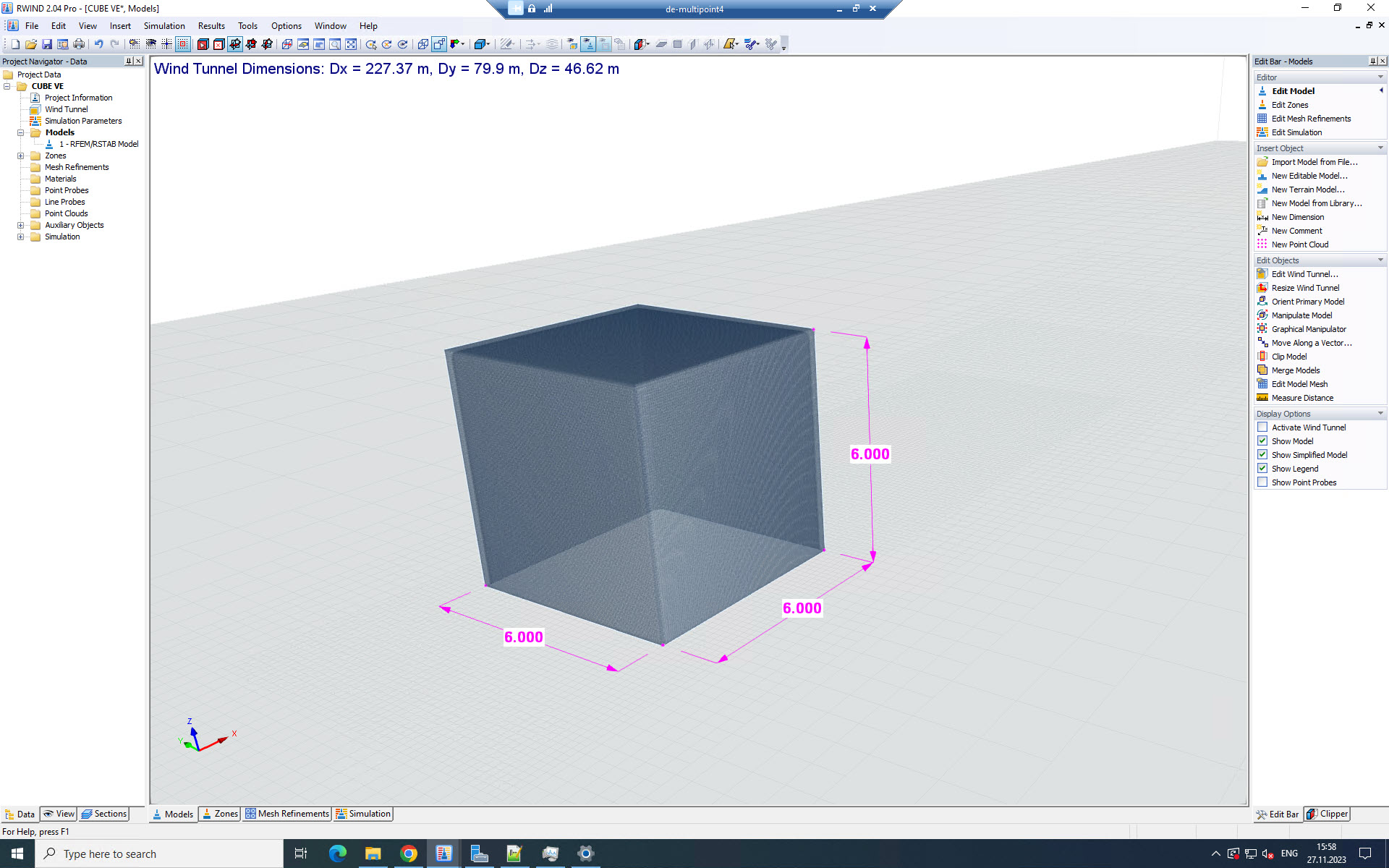
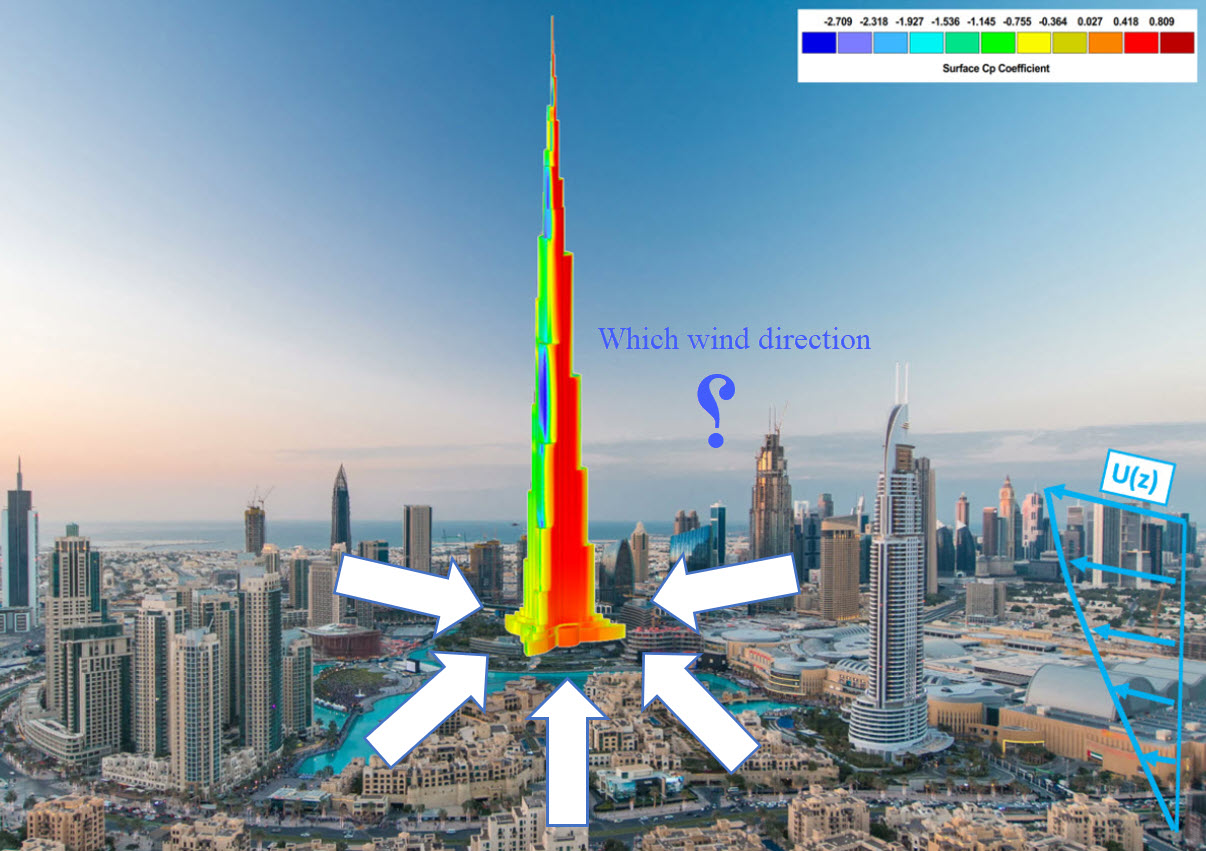
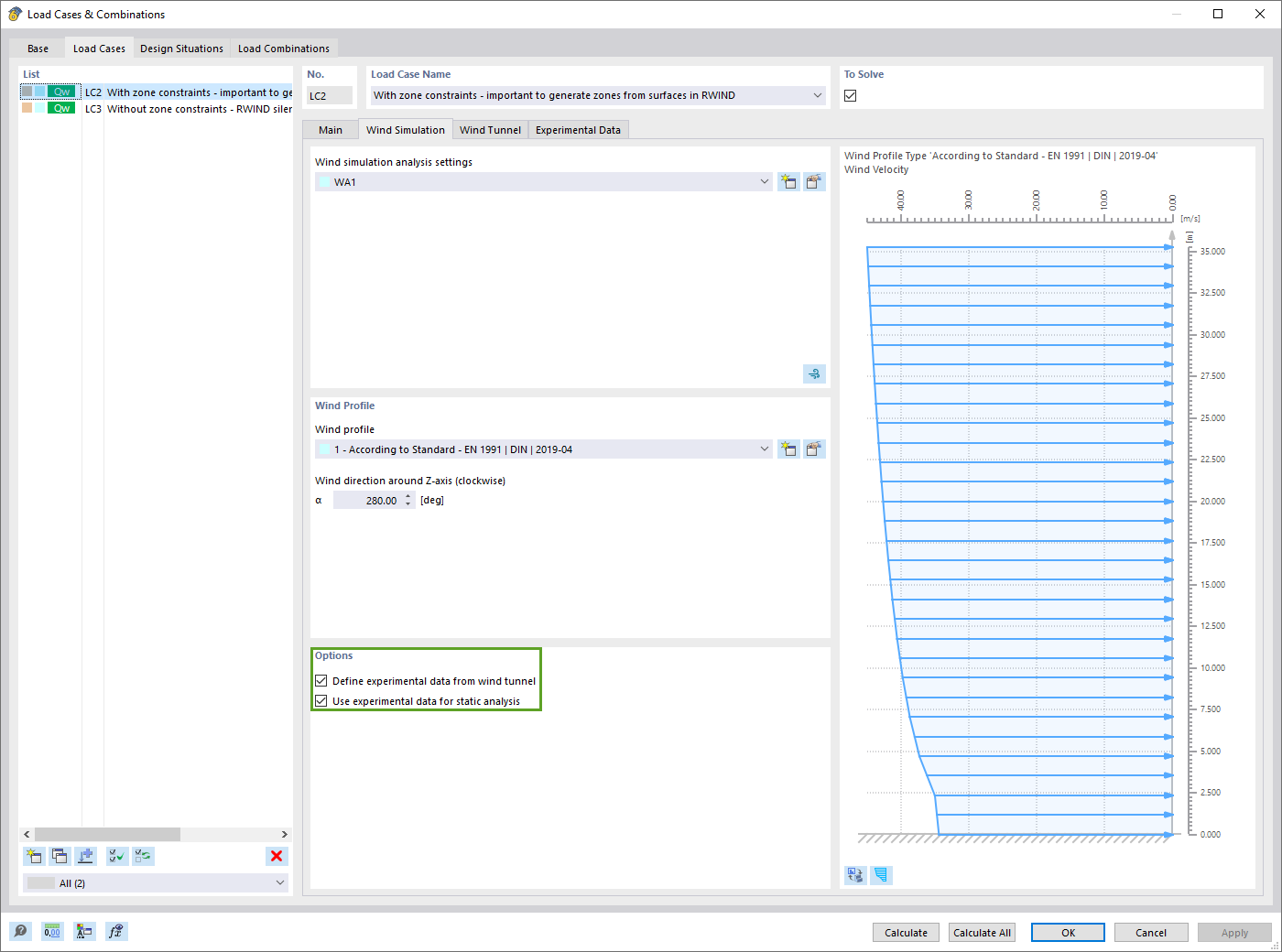
If you have experimentally determined surface pressures available for a model, you can apply them to a structural model in RFEM 6, process them in RWIND 2, and use them as wind loads in the structural analysis of RFEM 6.
You can find out how to apply the experimentally determined values in this Knowledge Base article: Static Analysis with Wind Loads from Experimentally Measured Pressures Using RWIND 2 and RFEM 6
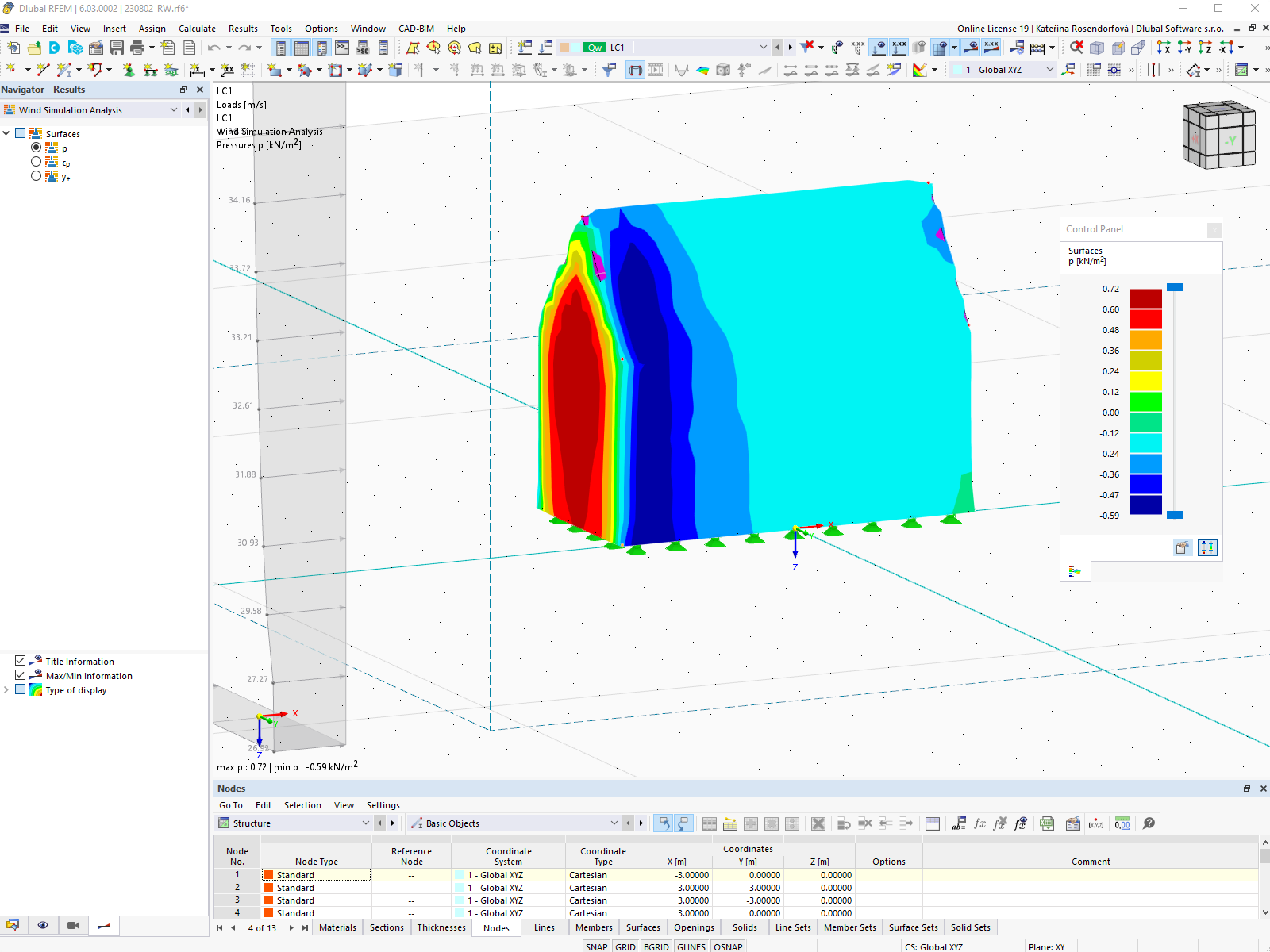
You can display the RWIND results directly in the main program. In the Navigator - Results, select the Wind Simulation Analysis result type from the list above.
Currently, the following results are available, which refer to the RWIND computational mesh:
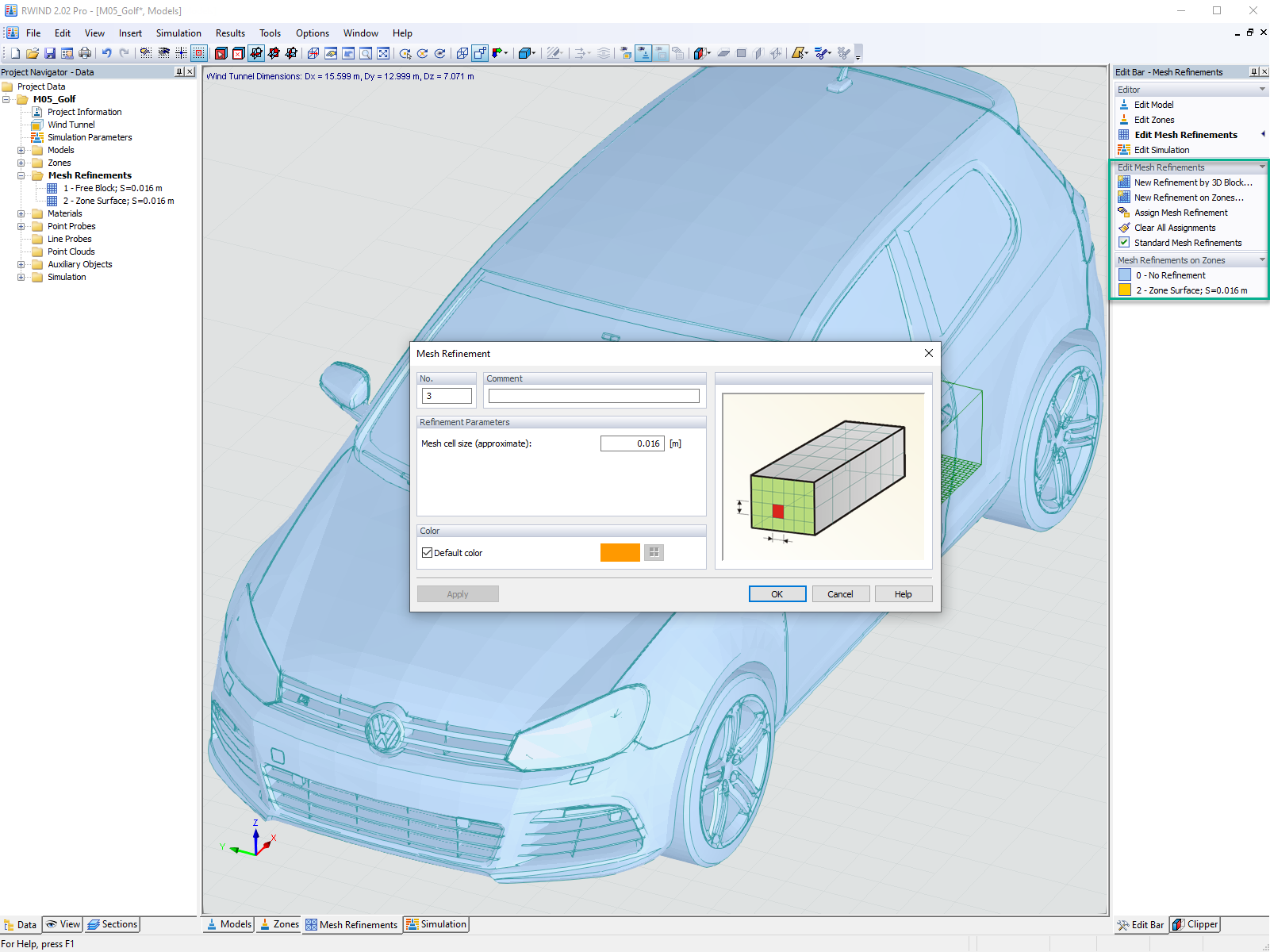
Do you already know the editor for mesh refinement control? It is a great help for your work! Why? It's easy – it gives you the following options:
These options help you to formulate a suitable rule for meshing the entire model, even for the models with unusual dimensions. Use the editor to efficiently define small model details on large buildings or detailed meshing areas in the coating area of the model. You will be amazed!

RWIND Basic uses a numerical CFD model (Computational Fluid Dynamics) to simulate wind flows around your objects using a digital wind tunnel. The simulation process determines specific wind loads acting on your model surfaces from the flow result around the model.
A 3D volume mesh is responsible for the simulation itself. For this, RWIND Basic performs an automatic meshing on the basis of freely definable control parameters. For the calculation of wind flow, RWIND Basic provides a steady solver and RWIND Pro a transient solver for incompressible turbulent flow. Surface pressures resulting from the flow results are extrapolated onto the model for each time step.
How can I find RWIND results such as forces data in ParaView?
How can I obtain wind force coefficient in RWIND?